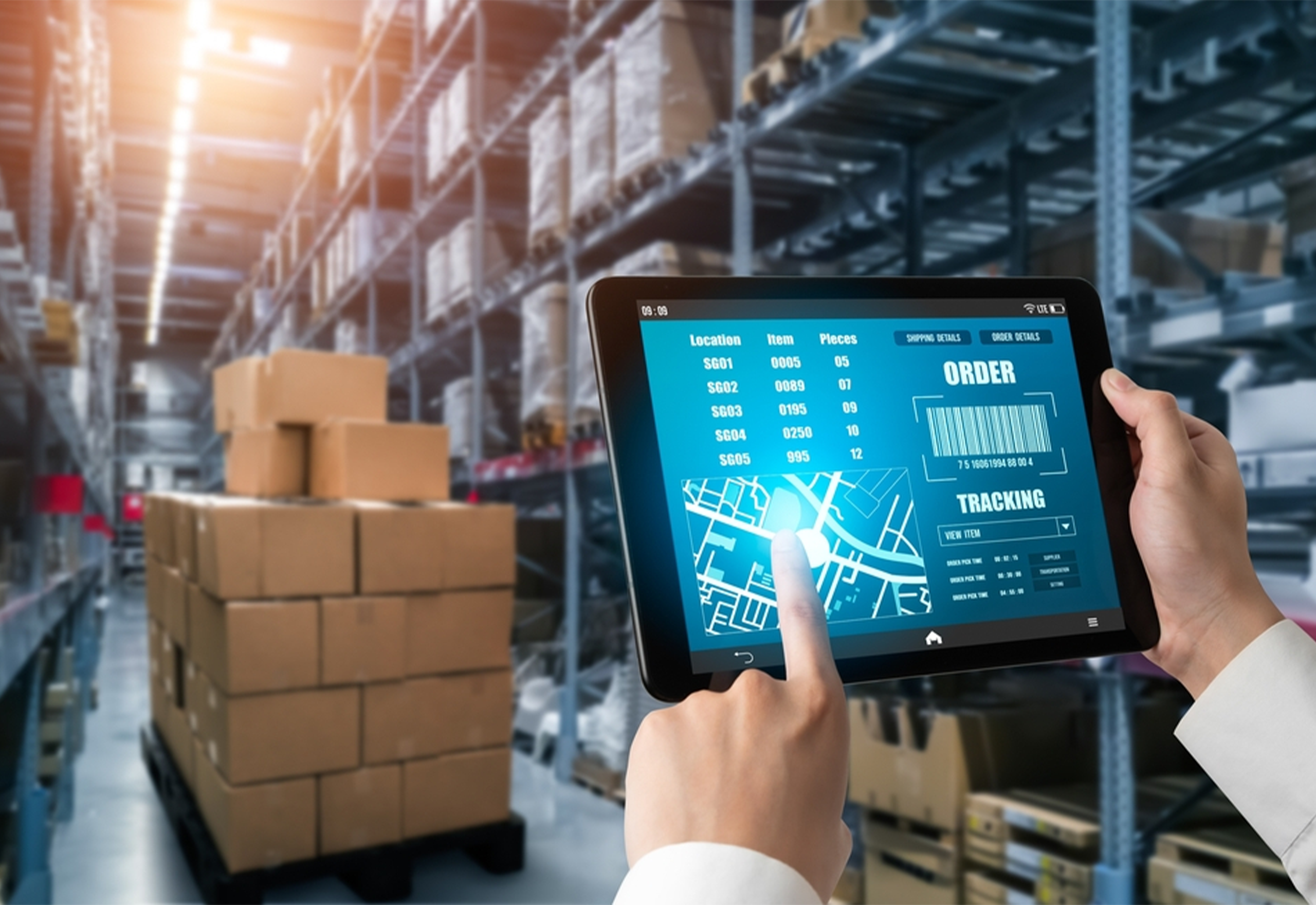The logistics sector has had a difficult few years and is now fragmented, unstable, and unpredictable. The provision of necessary goods and services has been severely hampered by the epidemic. Your logistics operations must remain updated with the most recent trends if you want to keep your supply chain ideal and optimised. In this article, we have mentioned the major trends that will reshape the logistics industry in 2023.
1. Warehouse simulation
The application of digital twin technology in simulation increases the competitiveness of businesses. You can envision your potential logistics operations thanks to the 3D representation of the facility.
It entails building digital reproductions of things or methods that mimic the behaviour of their physical counterparts. This virtual representation of operations in logistics enables you to model the layout of your warehouse as well as operator and product flows.
2.Automated robotic processes
In 2023, business processes will still be heavily reliant on robotic process automation (RPA) technology, which uses software robots to interact with programmes in an automatic manner. Automating monotonous processes uses RPA. These include connecting to web applications, copying and pasting data, moving folders, and making directories and folders.
RPA technology can enhance product tracking and track the status of order shipments from a logistics perspective. Software robots can also be used to forecast supply and demand by autonomously assessing market indicators and past sales data. This guarantees the quantity of goods needed to fulfil upcoming requests and keep the appropriate level of safety stock.
3.Flexibility in logistics
Throughout 2022, flexible logistics were crucial, and they still will be in 2023. Many businesses have been forced to use flexible logistics in order to stay competitive due to factors including omnichannel channel consolidation, product seasonality, and return management.
At every point along the supply chain, flexibility is crucial. Flexible logistics and production procedures ensure that end customers will always have stock available.
One of the most difficult logistical procedures, order fulfilment, benefits from flexibility as well. Adapting order picking to complex demand is the core of the flexible fulfilment strategy, which enables products to be sent from any distribution centre, warehouse, or physical shop.
4. Data mining
Data mining is the process of evaluating massive amounts of information to find and extract patterns that reveal knowledge that can be used to improve organisational decision-making. Automated pattern recognition in logistics 4.0 tasks like product receiving, order picking, and returns could improve stock demand forecasts and inventory management.
With the advancement of technologies like big data, artificial intelligence (AI), and machine learning, data mining has become more important. Automatic data extraction techniques arrange and filter information to provide knowledge that is pertinent. Among many other applications, this aids in the detection of fraud, forecasting demand, and locating bottlenecks.
5.Cloud computing
Business management, and more specifically, the structure of supply chains, is being redefined by cloud computing. Another logistics trend that will be notable in 2023 is software as a service (SaaS). By using a warehouse management system (WMS) in the SaaS model, you may access your logistics operations from any device with an internet connection. Additionally, it lowers your infrastructure and maintenance expenses.
Information management security is increased by using a SaaS WMS. This means that all data produced in your facility is collected, saved, and automatically backed up using cloud computing technology. Your digital solution is more adaptable when you use cloud-based software because the SaaS version permits a scalable number of licences based on customer needs.
6.Logistics and drones
In the logistics sector, drones are beginning to gain traction and may become commonplace by 2023. International internet giants Google and Amazon have been developing drone prototypes for a while now in order to deliver items to clients in the air. Drone delivery would provide advantages including lower costs, quicker shipments, less road transport, and less pollution, even though it is still in the experimental stage.
Final Words
In 2022, digitalization and warehouse automation were firmly entrenched as the foundations of logistics strategy. Organisations will undoubtedly continue to rely on new technologies in 2023 to stay competitive, streamline workflows, and reduce errors.
Do you want to keep your logistics operations updated and effective? Get in touch with our experts at Tekipost , who will guide you so that you can optimise your supply chain.





